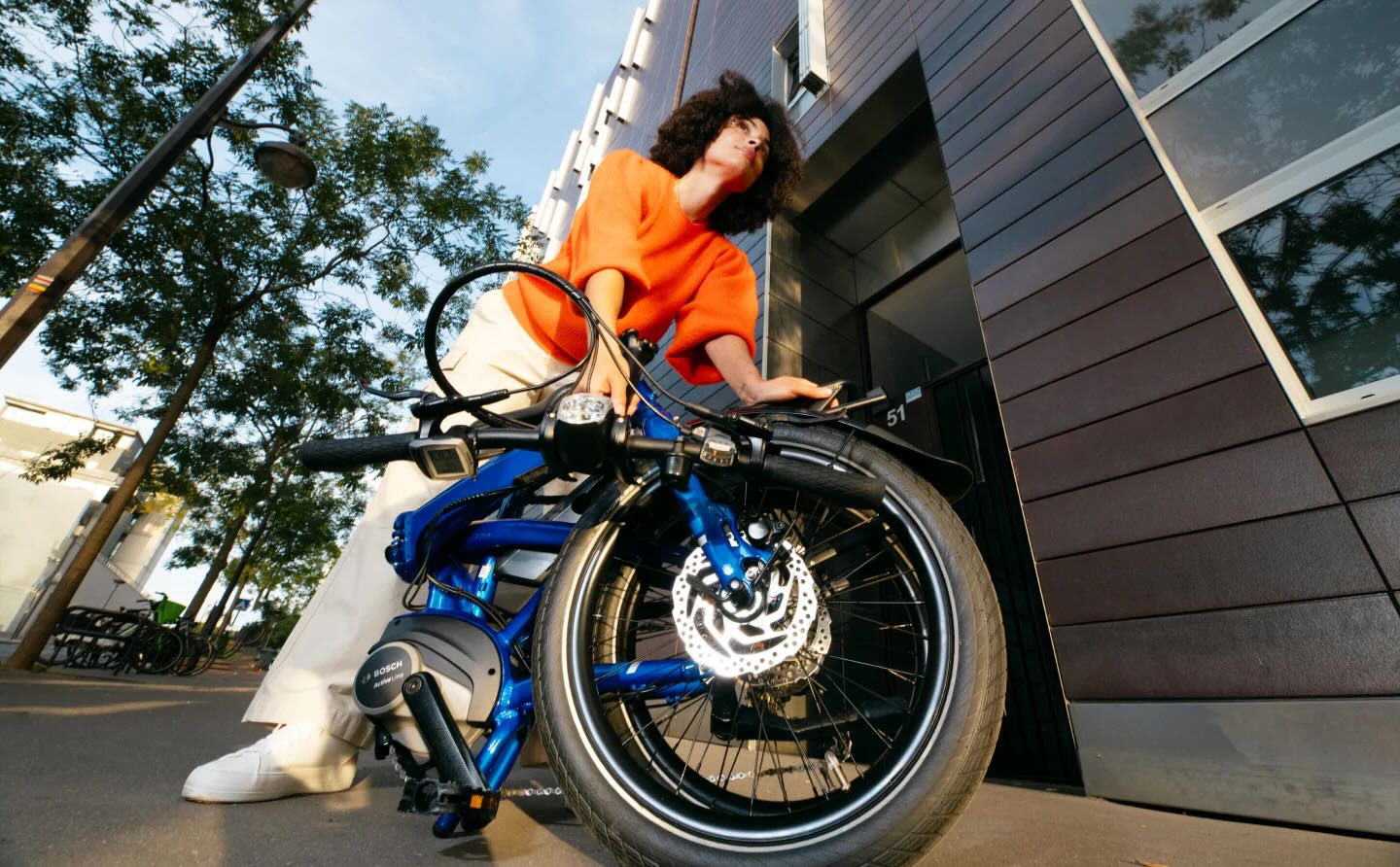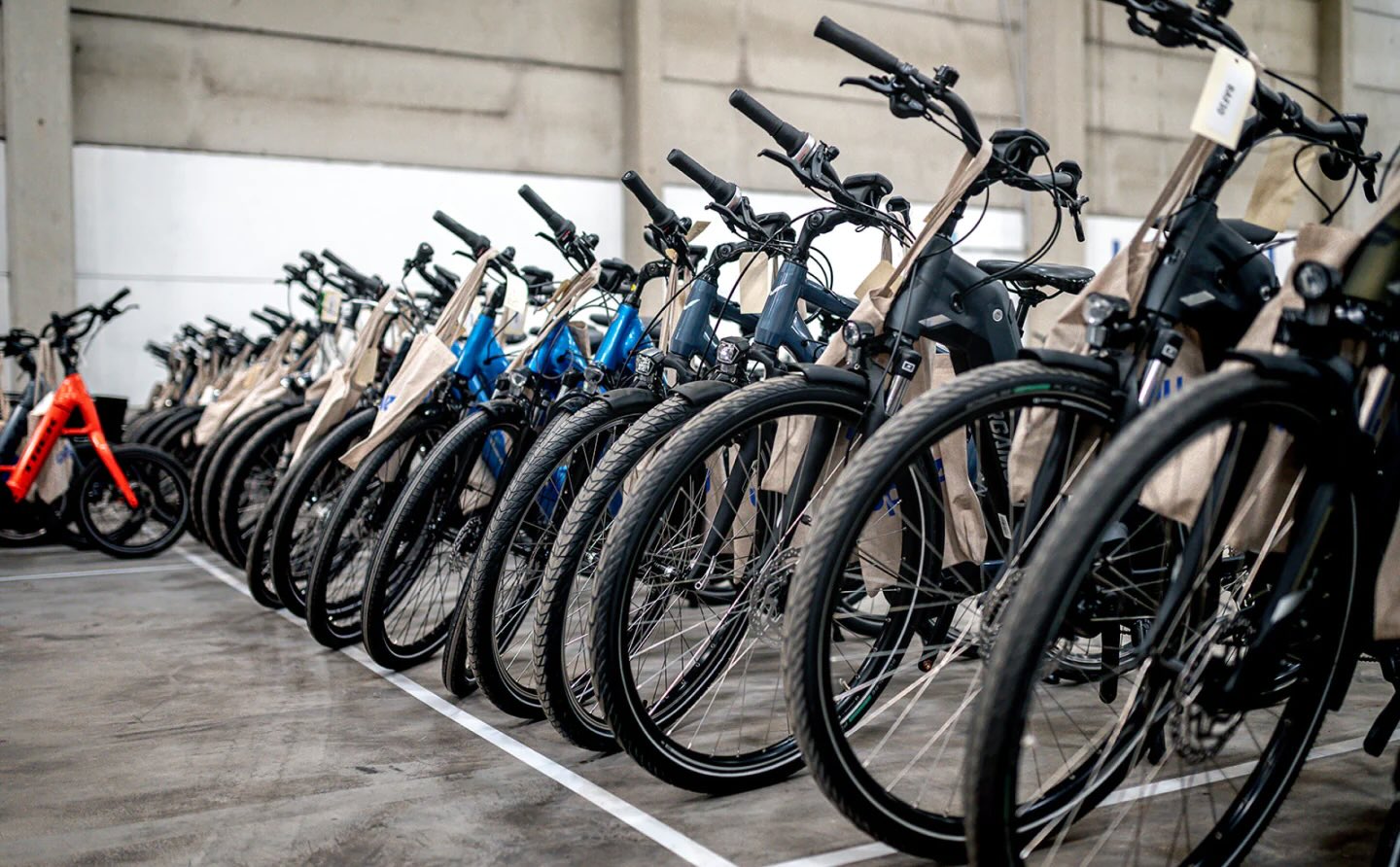A team of researchers has developed a high-performance supercapacitor that overcomes the traditional limitations of energy density through the use of carbon nanotubes and conductive polymers.
Supercapacitors have the ability to charge and deliver large amounts of energy quickly, and they are resilient enough to survive millions of charge and discharge cycles without much degradation.
However, they have less energy density than conventional batteries, which means they're not useful over long periods of time without recharging. This has limited their use in practical applications, such as electric vehicles and drones, according to the National Research Council of Science and Technology in a report shared by TechXplore.
Scott Donne, a supercapacitor and battery material researcher at the University of Newcastle in Australia, clarified where supercapacitors stand in comparison to other technologies.
"You've got capacitors with high power but low energy; fuel cells with high energy but low power; and batteries sitting in the middle — which is why they are the most popular of the three," Donne told Chemistry World.
Now, researchers led by Dr. Bon-Cheol Ku and Dr. Seo Gyun Kim of the Carbon Composite Materials Research Center at the Korea Institute of Science and Technology and Professor Yuanzhe Piao of Seoul National University have discovered a way to improve the energy density and power delivery of supercapacitors through the use of new materials.
The combination of highly conductive single-walled carbon nanotubes and polyaniline polymer created a sophisticated fiber structure that lets their new supercapacitor store more energy while being able to release it at a faster rate, the report explained.
"This technology overcomes the shortcomings of supercapacitors by using single-walled carbon nanotubes and conductive polymers," said Dr. Bon-Cheol Ku.
Tests have shown that it maintains stable performance, even after 100,000 charge and discharge cycles, and that it's durable enough to function in high-voltage applications.
This opens up the possibility for use in electric vehicles, where it could replace or complement existing lithium-ion batteries. The technology provides efficient power delivery along with fast charging capabilities that could improve overall EV range and performance.
TCD Picks » Upway Spotlight
💡Upway makes it easy to find discounts of up to 60% on premium e-bike brands
|
If you were going to purchase an EV, which of these factors would be most important to you? Click your choice to see results and speak your mind. |
With a boost in efficiency and performance, these new supercapacitors could increase the appeal of EVs and help shift the tide away from gas-guzzling alternatives that burn dirty fuels.
These composite fiber structures of the CNT-PANI design also provide high mechanical flexibility, which means they could be rolled and folded, according to the report.
In the study, published in the journal Composites Part B: Engineering and shared by ScienceDirect, data showed that the cells maintained 100% retention, even after being folded 180 degrees.
This resilience has helped the researchers create thin film-like structures, which could further expand supercapacitor use in next-generation electronics, such as wearables.
The addition of low-cost polymers has also helped them lower production costs and create a plan for mass production across a variety of applications, paving the way for commercialization.
"We will continue to develop and industrialize ultra-high-performance carbon fibers based on carbon nanotubes," said Dr. Bon-Cheol Ku.
Join our free newsletter for weekly updates on the latest innovations improving our lives and shaping our future, and don't miss this cool list of easy ways to help yourself while helping the planet.














